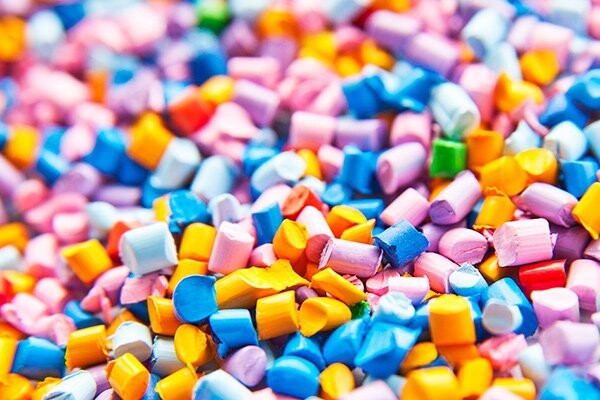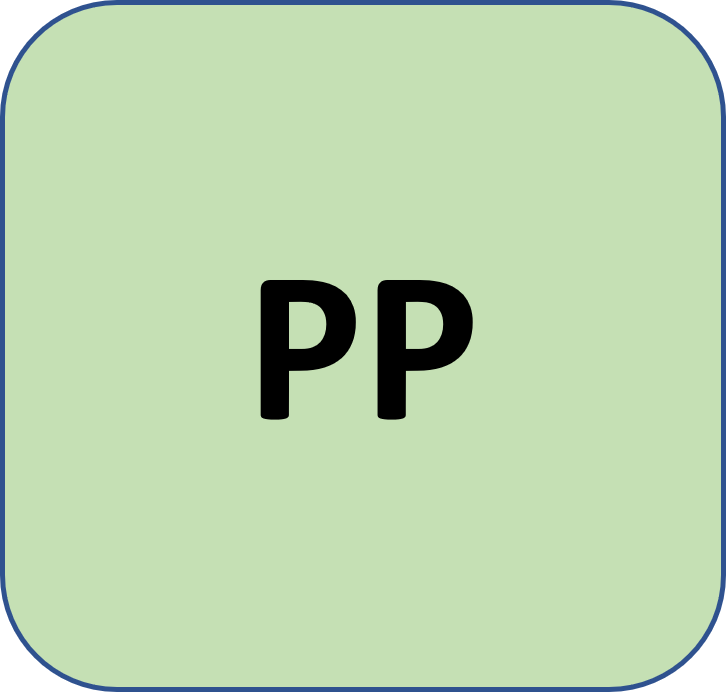Thermoplastics
From an engineering point of view, thermoplastics have a set of versatile characteristics, allowing to build products for many different applications. The most specific character element of a thermoplastic, or thermosoft plastic, is that the plastic polymer material becomes pliable or moldable at a certain elevated temperature and solidifies upon cooling. This means in practice that virtually any product in any size can be formed through different manufacturing processes.
Specific behaviour of thermoplastics
Most thermoplastics have a high molecular weight. The polymer chains associate by intermolecular forces, which weaken rapidly with increased temperature, yielding a viscous liquid. In this state, thermoplastics may be reshaped and are typically used to produce parts by various polymer processing techniques such as injection molding, compression molding, calendering, and extrusion. Thermoplastics differ from thermosetting polymers (or "thermosets"), which form irreversible chemical bonds during the curing process. Thermosets do not melt when heated, but typically decompose and do not reform upon cooling.
Above its glass transition temperature and below its melting point, the physical properties of a thermoplastic change drastically without an associated phase change. Some thermoplastics do not fully crystallize below the glass transition temperature, retaining some or all of their amorphous characteristics. Therefore we distingish two main groups: amorphous and semi-crystalline thermoplastics.

Details of some thermoplastics applied in UD-tape material
The laser assisted tape winding process (LATW) applied in Alformet uses UD-tape that consist of a thermoplastic matrix with embedded fibers. The most familair thermoplastics used in our UD-tapes have features and properties that fit to your application. This can be for instance temperature range, resistance against specific chemicals or in general, damping, impact resistance (at specific temperatures) etc. You can use the information to choose the right thermoplastics for your application and optimise the performance.
Here below (and in the submenu) these thermoplastics are further described in detail.





